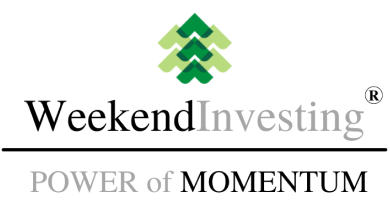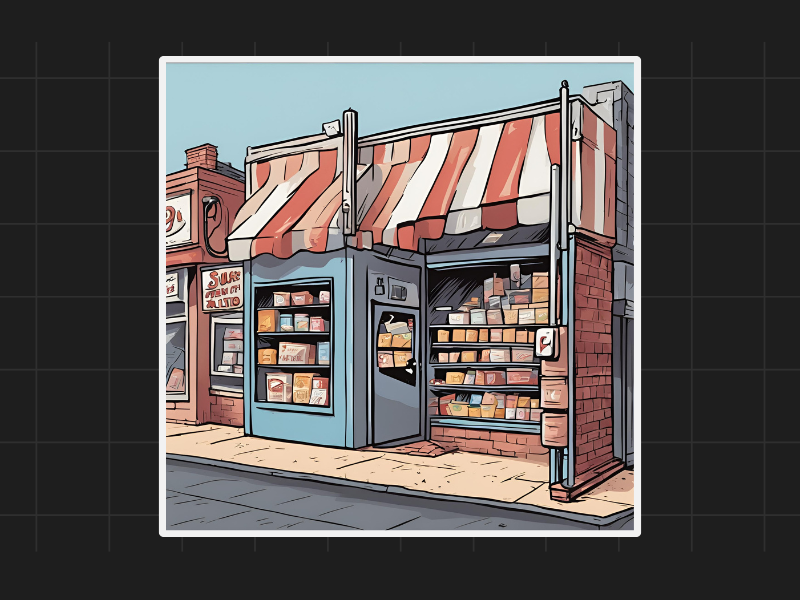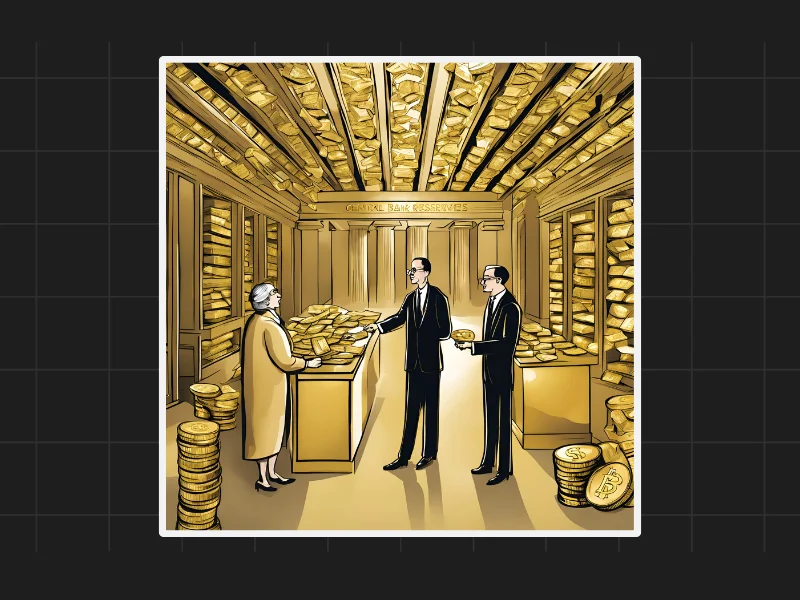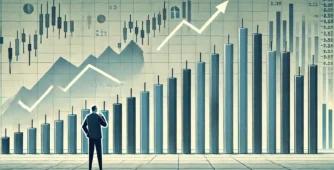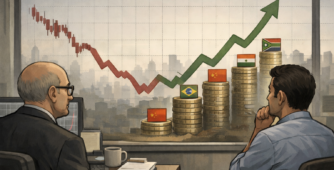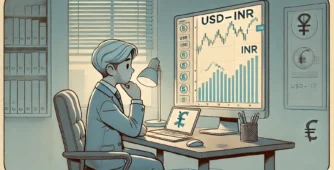The recent performance of Dollar General, one of the largest dollar store chains in the U.S. and other countries, highlights a concerning trend. These stores offer products at extremely low prices, targeting those in the lower economic brackets. However, recent data shows that even dollar stores, which are meant to serve the bottom of the pyramid, are facing significant challenges. The stock price of Dollar General has dropped by 70-80% from its 52-week high, reaching lows last seen in 2016. This raises a red flag about the current state of the economy.
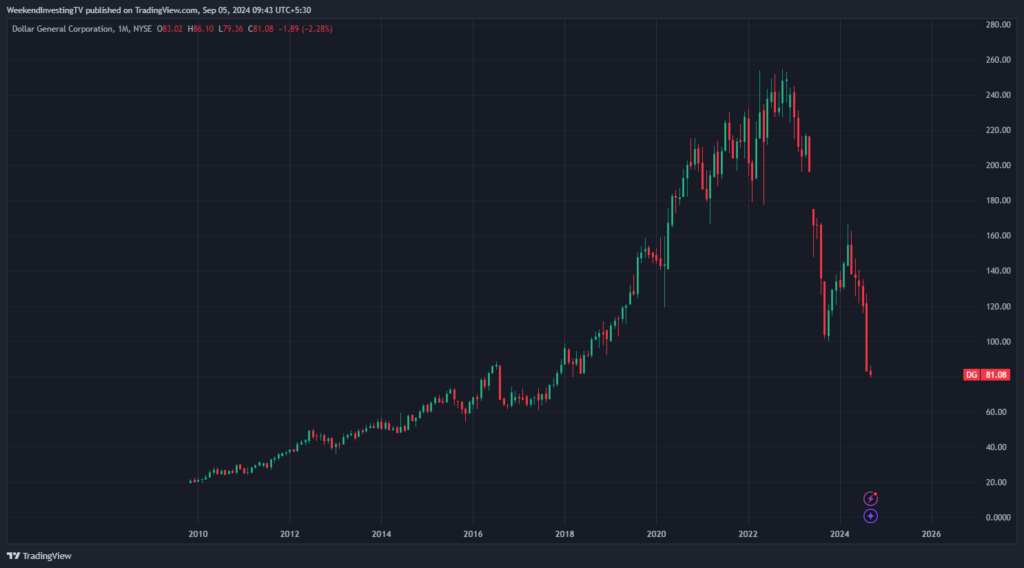
K-Shaped Economic Recovery Post-COVID
Many economists are now talking about a K-shaped economic recovery following the COVID-19 pandemic. In simple terms, a K-shaped recovery means that while some sections of society are benefiting and growing, others are falling deeper into financial trouble. The upper part of the “K” represents those who own assets, such as real estate or stocks, who have become wealthier. On the other hand, those without assets are struggling more than ever, falling further behind in terms of financial stability.
Impact on the Lower Economic Strata
The struggles of dollar stores like Dollar General are a clear indicator of how tough times have become for those in the lower economic strata. These stores are designed to provide essential items at very low costs, making them accessible to those with limited budgets. However, if even these stores are experiencing such a sharp decline, it suggests that more and more people are finding it difficult to afford basic goods. This situation paints a worrying picture of widening inequality and growing financial stress.
The Danger of Economic Inequality
The increasing divide between the “haves” and the “have-nots” is not just a problem for the U.S., but for the rest of the world as well. Historically, when the gap between the rich and poor grows too wide, it often leads to social unrest and instability. In extreme cases, this can result in civil unrest, protests, and even riots. The current economic trends suggest that we are moving in that direction, where the struggles of the lower-income population could eventually boil over into larger societal issues.
When we see such alarming signals in the economy, especially in sectors like dollar stores that cater to the most financially vulnerable, it often points to a bigger problem brewing beneath the surface. Although it is impossible to predict the future with certainty, history shows that prolonged economic inequality can lead to severe consequences. The struggles of the dollar store industry may be a warning sign that we are headed towards a more unstable economic situation if action is not taken to address these growing disparities.
Mi EverGreen’s Subscription Fee goes up on 10 Sep 2024
Effective 10 Sept 2024 , Mi EverGreen’s subscription fee will be increased for the first time since launch.
Old Pricing : Rs 2,499 (Quarterly) | Rs 7,499 (Annual)
New Pricing : Rs 4,999 (Quarterly) | Rs 14,999 (Annual)
For Current Subscribers of Mi Evergreen
Nothing changes for current subscribers at all. You shall continue to enjoy access to the strategy at your current subscription fee as long as you do not break your subscription loop. Kindly ensure that you keep your auto renew ON and renew your subscription on time.
For those who haven’t subscribed yet
This is a great opportunity to subscribe to Mi Evergreen at its current pricing. Use the link given below to subscribe
Disclaimers and disclosures : https://tinyurl.com/2763eyaz
If you have any questions, please write to support@weekendinvesting.com
